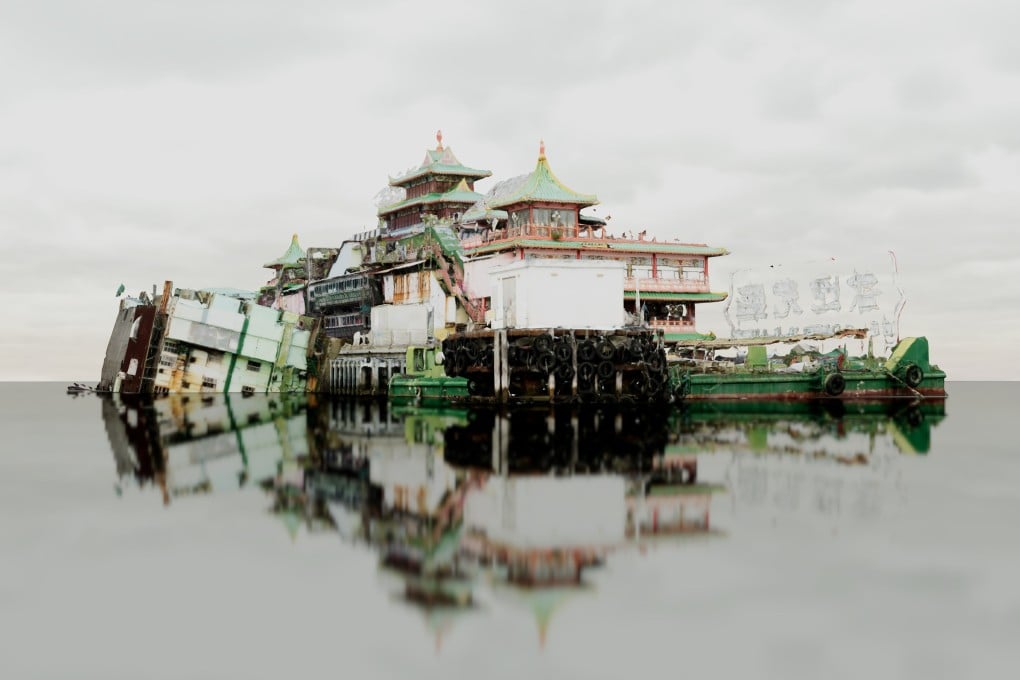Hong Kong’s Jumbo Floating Restaurant lives on in virtual form, never to sink nor capsize
- Artificial intelligence student Shiu Ka-heng has created a 3D virtual version of the once magnificent floating palace that anyone can view online
- Next he is launching a night-time version of the Jumbo Restaurant and will turn his attention to Kowloon City, which is slated for redevelopment

This 3D, virtual version of the once magnificent floating palace is the idea of 21-year-old University of Edinburgh student Shiu Ka-heng, who started it as a gap-year project when he decided to spend the year at home in Hong Kong.
“I am studying for a bachelor’s degree in artificial intelligence. I was [in Edinburgh] for my first year, and then Covid hit and I ended up doing my second year online from Hong Kong. I didn’t want to do more classes online and so I decided to take a year off and work on a passion project instead,” says Shiu, sitting in his parent’s cafe in Sai Wan Ho. He plans to start his third year in Scotland later this year, after waiting out the last of the country’s pandemic restrictions.
The virtual model of the restaurant, which opened in 1976 and was popular among tourists, can be found at a website titled “The Lost Metropolis”. Follow the simple instructions to navigate up, down and around the entire restaurant to the soothing sound of lapping waves.

The model has a ghostly quality with its backdrop of grey, cloudy sky, the familiarity of Aberdeen having been erased. Only the outside of the building is visible. All the windows, distressingly, look broken. The inside is all splintered, geometric fragments – an artistic representation of memories destroyed, or simply because Shiu didn’t get a chance to go and photograph the interiors before the restaurant was closed off.